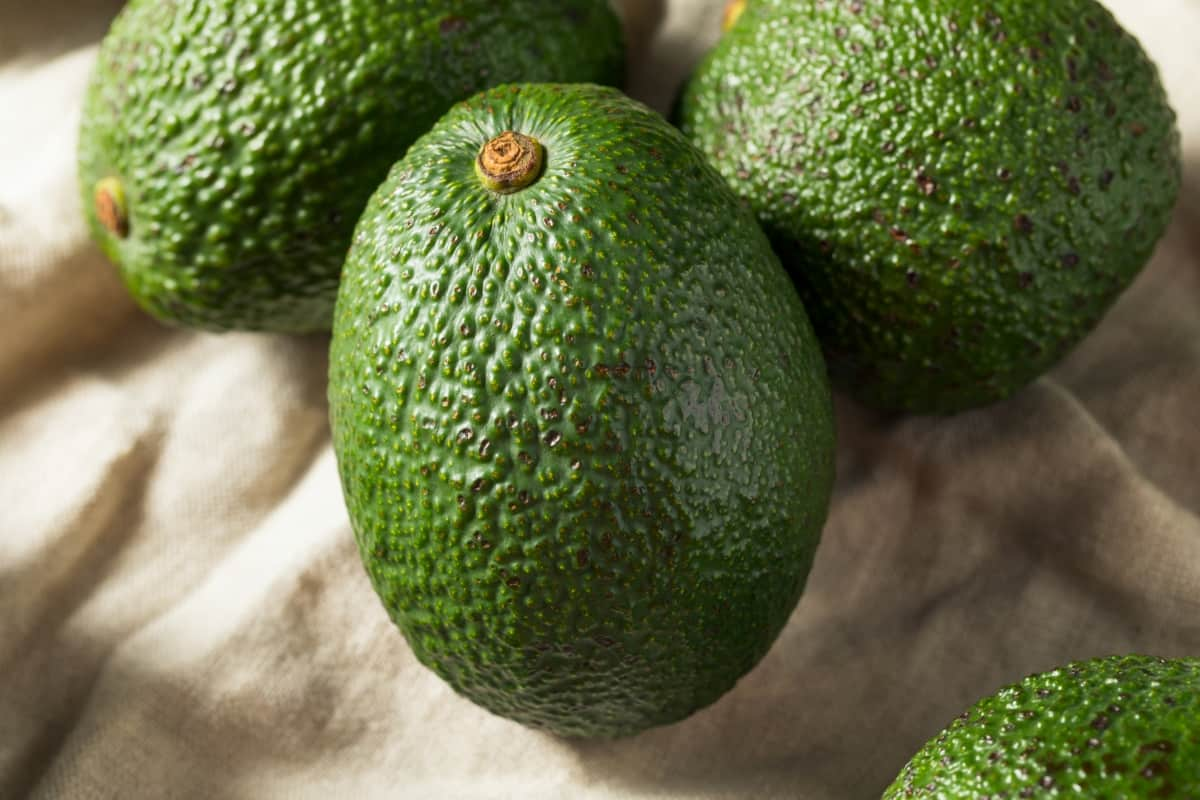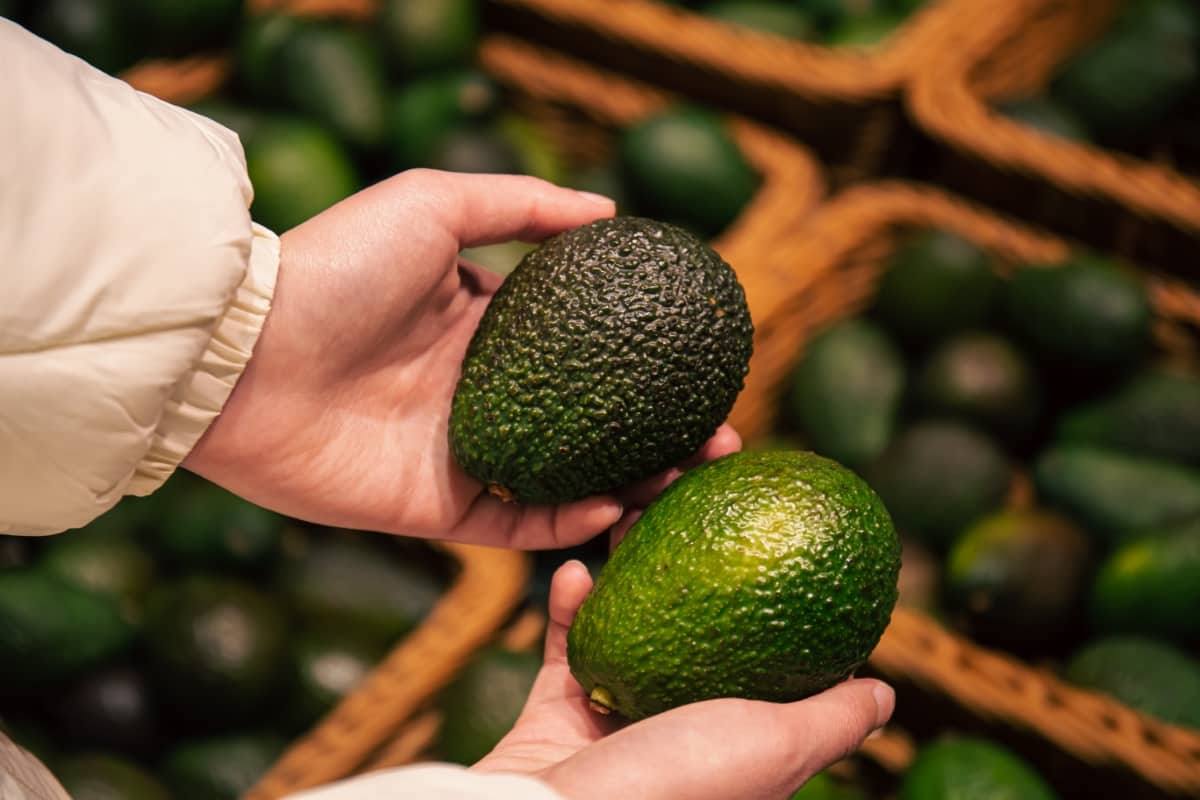Reed Avocado Growing in your home garden can be a rewarding and enjoyable experience. These delectable fruits not only offer a rich and creamy taste but also provide numerous health benefits. Growing Reed Avocados at home allows you to enjoy fresh produce while creating a lush green space that brings joy throughout the seasons.

Growing Reed Avocados
Ideal Soil and Climate Conditions for Reed Avocado Trees
Reed Avocado trees thrive in specific soil and climate conditions, making it essential to understand their preferences before planting. These trees prefer well-drained soil with a pH level between 6 and 7.5. Sandy loam or loamy soils are best for promoting healthy root development and ensuring proper water drainage.
In terms of climate, Reed Avocados flourish in mild to warm regions that do not experience extreme temperatures. They require a minimum temperature range of 15°C during the day and around 10°C at night. Temperatures below freezing can cause severe damage to the tree. These Avocado trees also need plenty of sunlight exposure to produce abundant fruit. Aim for a location in your garden that receives full sun for at least six hours per day.
How to Plant Reed Avocado Seedlings in Your Garden
Planting Reed Avocado seedlings in your garden is an exciting step towards growing your delicious Avocados. To ensure successful growth, it’s important to follow the right planting techniques. Prepare the planting hole by digging a wide and deep enough space for the root ball of the seedling. Gently remove the seedling and place it into the hole, ensuring that it sits at the same level as it was in its pot.
Backfill the soil, gently firming it around the base of the tree. Water thoroughly to settle any air pockets and provide much-needed hydration to help establish roots. Mulch around the newly planted Reed Avocado tree to retain moisture and suppress weed growth. This will also help regulate soil temperature during extreme weather conditions. Regularly water your seedlings, especially during dry spells or hot summer months when water loss can be high.
Watering and Feeding Your Reed Avocado Tree
Watering and feeding your Reed Avocado tree is essential for its growth and overall health. These trees require regular watering, especially during the hot summer months. When it comes to watering, you want to make sure the soil around your Avocado tree stays consistently moist but not waterlogged. Overwatering cause root rot, so it’s important to strike a balance.
Feeding your Reed Avocado tree with appropriate fertilizers is also crucial for its growth and fruit production. Look for a fertilizer that has a balanced blend of nutrients like nitrogen (N), phosphorus (P), and potassium (K). Apply fertilizer according to package instructions but avoid over-fertilizing as this can harm the tree or promote excessive leaf growth instead of fruit production.
Pruning Techniques for Reed Avocado Trees
Pruning Reed Trees is an essential practice for maintaining the health of your tree. By carefully shaping and trimming the branches, you can promote better airflow, increase sunlight penetration, and prevent diseases. It’s important to prune young Reed Avocado trees to establish a strong structure. Remove any dead or damaged branches. Next, focus on creating a central leader by selecting one main trunk and removing competing leaders.
In case you missed it: Growing Jan Boyce Avocados: A Comprehensive Guide for Home Gardeners

This will encourage upward growth and prevent the tree from becoming too bushy. As your Reed Avocado tree matures, you’ll need to continue pruning to maintain its shape and size. Thin out overcrowded branches that may be blocking sunlight or rubbing against each other. Also, remove any crossing or inward-growing limbs, as they can hinder air circulation and create opportunities for pests or diseases.
Pest and Disease Management for Reed Avocados
Reed pest and disease management is an important aspect of growing healthy Avocados in your home garden. One common pest that affects reed Avocado trees is the Avocado lace bug. These small insects feed on the leaves, leaving behind a lace-like pattern of damage. To control them, regular monitoring is crucial. If you notice lace bugs on your tree, you can use neem oil to remove them.
Another common problem for reed Avocados is root rot caused by overwatering. This fungal infection attacks the roots and can ultimately kill the entire tree. To prevent root rot, ensure that your Avocado tree is planted in well-draining soil. Fungal diseases can also affect reed Avocados. Anthracnose causes dark lesions on the fruit, while powdery mildew appears as a white coating on leaves and stems. To manage these diseases, apply fungicides specifically formulated for Avocados according to package instructions.
Understanding the Growth Cycle of Reed Avocado Trees from Seedling to Fruit
Growing your reed Avocados can be an exciting and rewarding experience. To ensure success, it’s important to understand the growth cycle of these trees, from seedling to fruit. The journey begins with planting a reed Avocado seedling in well-drained soil under full sun exposure. As the tree establishes its root system, it will enter the vegetative stage, where it focuses on leaf and stem development.
This is a crucial time for providing adequate water and nutrients to support healthy growth. After several years, your reed Avocado tree will reach maturity and begin flowering in late winter or early spring. The flowers are small and pale yellow, attracting bees for pollination. Once pollinated, tiny fruits start forming on the tree.
Over time, these green fruits gradually increase in size as they go through different stages of development. It’s fascinating to watch them transform from small bumps into hand-sized Avocados. To determine if your reed Avocados are ripe and ready, gently squeeze them – they should yield slightly but not feel mushy. Another indicator is their dark green skin, which turns purplish-black when fully matured.
Best Fertilizers for Reed Avocado Trees
When it comes to nourishing your beloved Reed Avocado tree, choosing the right fertilizer is crucial. Let’s talk about organic fertilizers. They provide nutrients slowly over time and improve soil structure. On the other hand, synthetic or chemical fertilizers can be more concentrated and provide nutrients quickly. While they may give your Avocados a rapid boost, they lack the long-term benefits that organic options offer.
To strike a balance between the two, consider using a combination of both types of fertilizer. This way, you can enjoy the immediate nutrient release from synthetic ones while also improving soil health with organic alternatives. When choosing a fertilizer specifically formulated for Avocados, look for one with higher levels of nitrogen (N), phosphorus (P), and potassium (K). These macronutrients play an essential role in supporting overall growth and fruit development.
Harvesting Reed Avocados: How to Know When They’re Ripe and Ready?
When it comes to Harvesting Reed Avocados, pay attention to the color of the skin. A mature reed Avocado will have a dark green or blackish skin tone that is uniform all over. However, avoid waiting for it to turn completely black, as this may indicate over-ripeness. Another way to check if an Avocado is ready is by gently applying pressure on its skin with your thumb. If it yields slightly but doesn’t feel too soft or mushy, then it’s likely at its peak ripeness.
Additionally, take note of the stem attachment point on the fruit. When a reed Avocado is fully matured, the stem should easily come off with a slight twist or gentle tug. Trust your sense of smell. Ripe Avocados often emit a sweet aroma near their stems when they’re ready for picking.
Reed Avocado Yield per Tree
Reed Avocado trees have the potential to yield a bountiful harvest, providing you with an abundance of delicious Avocados. The amount of fruit produced by each tree can vary depending on age, health, and growing conditions. Young trees may take a few years before they start producing significant yields. However, once matured, a healthy Reed Avocado tree can produce hundreds of Avocados per year.
In case you missed it: Facts About Bacon Avocado: Exploring Cultivation to Culinary Uses

Winter Care for Reed Avocado Trees
One of the first things you should do is mulch around the base of your tree. Another important aspect of winter care is providing adequate irrigation. Even though Avocado trees don’t need as much water in winter compared to other seasons, they still require regular watering to prevent drought stress.
If you live in an area with severe winters or frequent frosts, consider wrapping your tree with burlap or using protective covers specially designed for frost protection. These covers act as a shield against freezing temperatures and can make a significant difference in preventing cold damage.
In case you missed it: How to Increase Avocado Fruit Size: Optimization for Large Avocado Fruit Growth

Conclusion
Growing Reed Avocados in your home garden can be a rewarding and enjoyable experience. With the right soil and climate conditions, proper planting techniques, regular watering and feeding, effective pruning methods, pest and disease management strategies, understanding the growth cycle of Reed Avocado trees from seedling to fruit, using suitable fertilizers, knowing when to harvest the Avocados at their peak ripeness, considering the yield per tree, and providing Winter Care Reed – you’ll have a thriving Avocado orchard right in your backyard.
Note: The images presented in this post are intended solely for representation purposes. The images are meant to serve as visual aids and should not be relied upon as accurate representations of their real-life counterparts.
- Feed Your Flock for Less: Top 10 Tips to Save on Chicken Feed
- Ultimate Guide to Ossabaw Island Hog: Breeding, Raising, Diet, and Care
- Hatching Answers: The Top 10 Reasons Your Chickens Aren’t Laying Eggs
- Eggs and Economics: Breaking Down the Cost of Raising Backyard Chickens
- Defend Your Greens: Proven Methods to Keep Iguanas Out of Your Garden
- Ultimate Guide to Cinnamon Queen Chicken: A Comprehensive Guide for Beginners
- Ultimate Guide to California Tan Chicken: Breeding, Raising, Diet, Egg-Production and Care
- Ultimate Guide to Marsh Daisy Chicken: Breeding, Raising, Diet, and Care
- 10 Types of Chicken Farming Businesses You Can Start for Profits